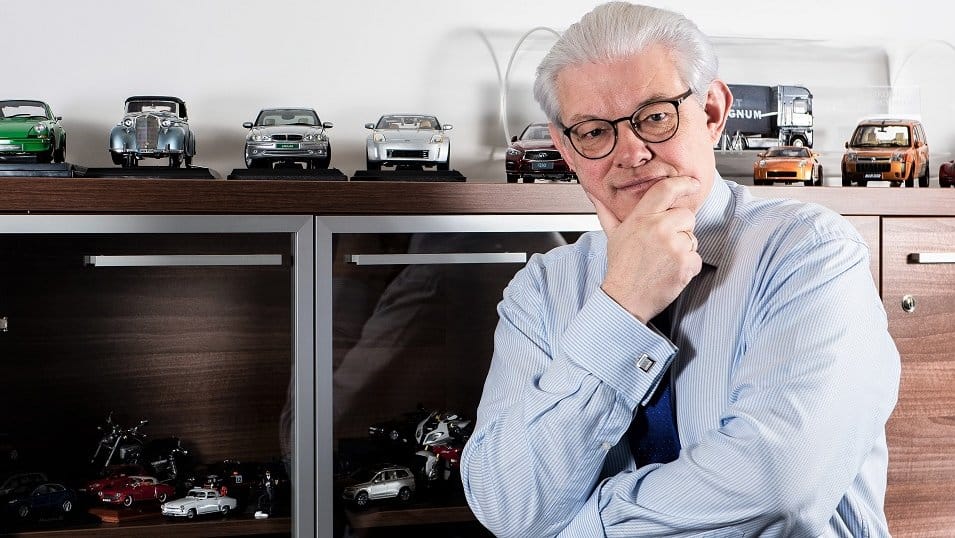Simultaneously with the electric vehicle fleet, the charging infrastructure is also developing. At the end of February 2024, there were 6,213 public charging points for electric vehicles (3,431 stations) in Poland. 27% of them were fast DC charging points, and 63% were slow AC charging points with power less than or equal to 22 kW. In February, 127 new points were launched.
– At the end of February this year, we had over 60,000 zero-emission cars in our car park. It is worth emphasizing that Poland is one of the European leaders when it comes to zero-emission buses. Nearly 18,000 electric mopeds are registered in the park, and – it should be noted – their purchase is not covered by any subsidy system. However, we hope that thanks to the recently announced support program for the purchase of zero-emission trucks in the homologation categories N2 and N3, and for the construction of charging and hydrogen refueling infrastructure, their number on our roads will significantly increase in the coming year. It should also be noted that about 4% of all passenger cars in Poland are hybrid vehicles – says Jakub Faryś, President of PZPM.
– Despite the increases, the pace of expansion of charging infrastructure in Poland is still too slow and remains one of the biggest barriers affecting the electric car market. In the first two months of this year, only 16 more points were installed than in the same period of 2023. In this context, we are counting on the quickest possible implementation of the subsidy program for chargers for heavy transport. We have already provided NFOŚiGW with industry comments on the draft rules for subsidies in this area. The industry also expects the resumption of recruitment under the crucial program “Support for infrastructure for charging electric vehicles and infrastructure for hydrogen refueling,” as well as optimization of this instrument, especially in terms of procedures – says Maciej Mazur, managing director of PSPA.
